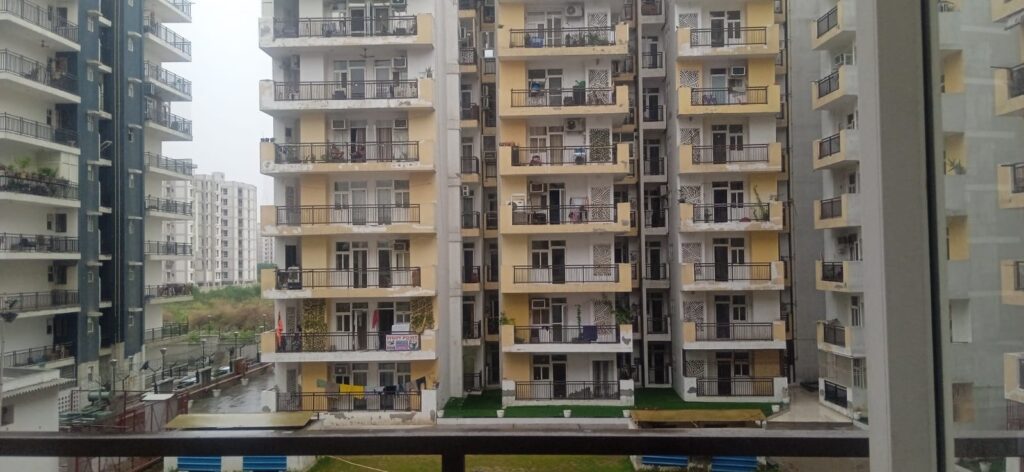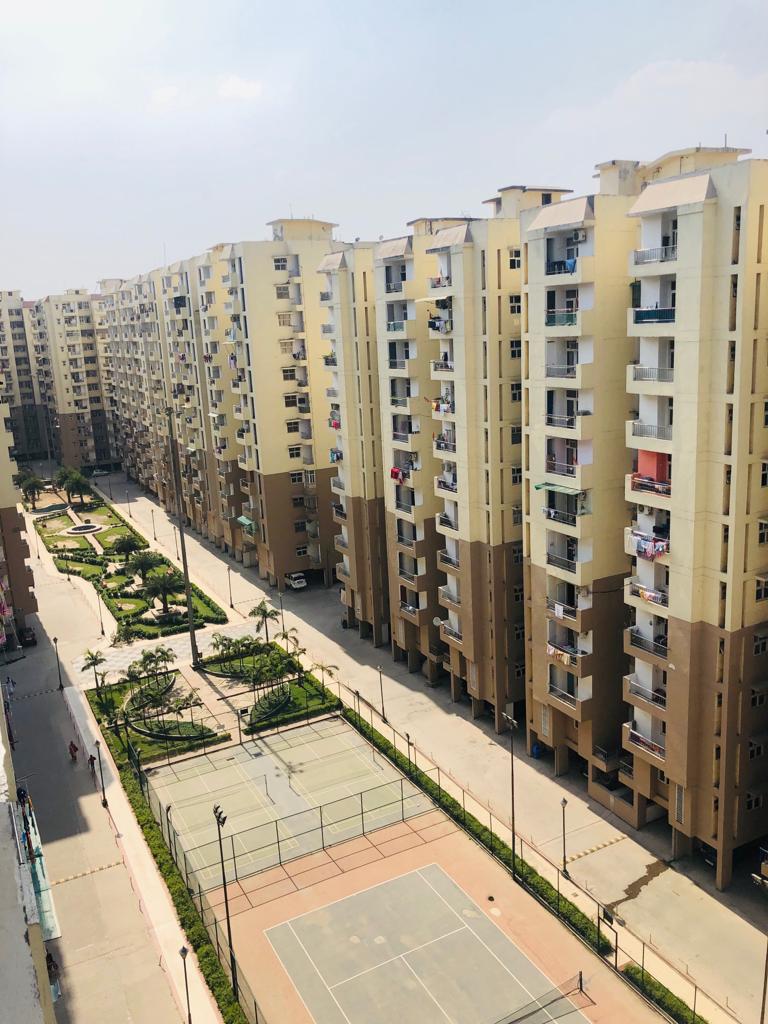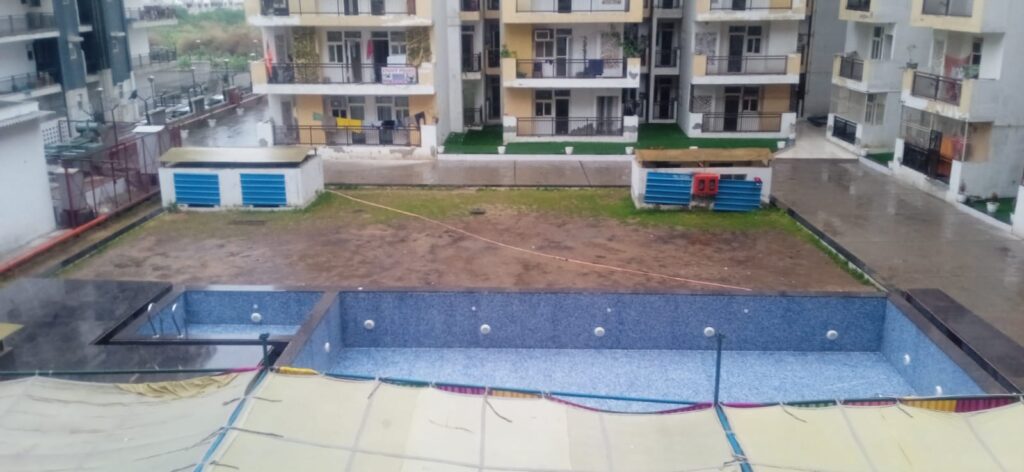Table of Contents
ToggleIntroduction
As awareness of environmental issues grows, more people are looking for ways to live sustainably. A green home is a practical step toward reducing your carbon footprint and promoting environmental health. By making conscious choices, you can create a home that’s both eco-friendly and cost-effective. Here are some essential tips for achieving a sustainable living space.
1. Energy Efficiency: The Cornerstone of a Green Home
Upgrade to Energy-Efficient Appliances
Invest in appliances that have the ENERGY STAR® label. These devices consume less electricity and often perform better than standard models. Look for energy-efficient refrigerators, washing machines, and ovens to lower your energy bills and reduce your environmental impact.
Improve Insulation and Windows
Proper insulation helps maintain a stable indoor temperature, reducing the need for heating and cooling. Upgrading to double or triple-glazed windows can further improve your home’s energy efficiency. Seal any gaps or cracks to prevent drafts and keep your home comfortable year-round.
Install Smart Thermostats
Smart thermostats allow you to control your home’s temperature remotely and adjust settings based on your schedule. This can lead to significant energy savings and ensure your home is always at the perfect temperature without wasting energy.
2. Sustainable Materials and Design
Use Recycled or Reclaimed Materials
Incorporate recycled or reclaimed materials into your home’s design. This can include anything from reclaimed wood for flooring to recycled metal or glass for fixtures. Not only does this reduce waste, but it also adds unique character to your home.
Opt for Low-VOC Paints and Finishes
Volatile organic compounds (VOCs) are harmful chemicals found in many traditional paints and finishes. Choose low-VOC or no-VOC products to improve indoor air quality and reduce your exposure to toxic substances.
Incorporate Green Roofing
Green or living roofs, which are covered with vegetation, offer numerous benefits. They provide natural insulation, reduce stormwater runoff, and contribute to local biodiversity. If a full green roof isn’t feasible, consider installing a green wall or small rooftop garden.
3. Water Conservation
Install Water-Efficient Fixtures
Low-flow faucets, showerheads, and toilets can significantly reduce water usage without sacrificing performance. These fixtures help conserve water and lower your utility bills.
Collect Rainwater
Rain barrels are a simple and effective way to collect and store rainwater for use in your garden. This practice reduces the demand on municipal water systems and provides a sustainable water sources for your plants.
Implement Greywater Systems
Greywater systems recycle water from sinks, showers, and washing machines for use in irrigation. This can further reduce your water consumption and decrease your environmental impact.
4. Renewable Energy Sources
Consider Solar Panels
Solar panels are an excellent investment for reducing your reliance on fossil fuels. They convert sunlight into electricity and can drastically lower your energy bills. Many governments offer incentives or rebates for installing solar panels, making them a more affordable option.
Explore Wind Energy
If you live in a windy area, small residential wind turbines can be a viable option for generating your own electricity. Wind energy is a clean, renewable resource that can complement your solar power system.
Utilize Geothermal Heating and Cooling
Geothermal systems use the earth’s natural heat to regulate your home’s temperature. They are highly efficient and can provide both heating and cooling, reducing your energy consumption and greenhouse gas emissions.
5. Eco-Friendly Landscaping
Choose Native Plants
Native plants are adapted to your local climate and soil conditions, requiring less water and maintenance compared to non-native species. They also support local wildlife and promote biodiversity.
Create a Composting System
Composting kitchen scraps and yard waste reduces landfill waste and creates nutrient-rich soil for your garden. This sustainable practice improves soil health and reduces the need for chemical fertilizers.
Design for Water Management
Incorporate features like rain gardens or permeable paving to manage stormwater and reduce runoff. These design elements help prevent erosion and recharge groundwater supplies.
6. Sustainable Living Practices
Reduce, Reuse, and Recycle
Adopt a minimalist approach to reduce waste and consumption. Reuse items when possible and recycle materials to keep them out of landfills. This mindset helps create a more sustainable home and reduces your overall environmental impact.
Embrace Smart Home Technology
Smart home devices, such as smart lighting and power strips, can help you monitor and control energy usage more effectively. These technologies allow you to track your consumption patterns and make adjustments to save energy.
Educate and Involve Your Family
Sustainability is easier to achieve when everyone in the household is on board. Educate your family about the benefits of green living and involve them in eco-friendly practices, from recycling to conserving water.
Conclusion
Creating a green home involves a combination of energy efficiency, sustainable materials, water conservation, and mindful living practices. By implementing these tips, you can significantly reduce your environmental impact while enjoying a healthier, more cost-effective living space. Embrace the journey toward sustainability and make a positive difference for both your family and the planet.
For more tips on sustainable living and green home improvements, stay tuned to our blog. Let’s work together to create a brighter, greener future!












